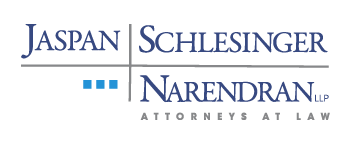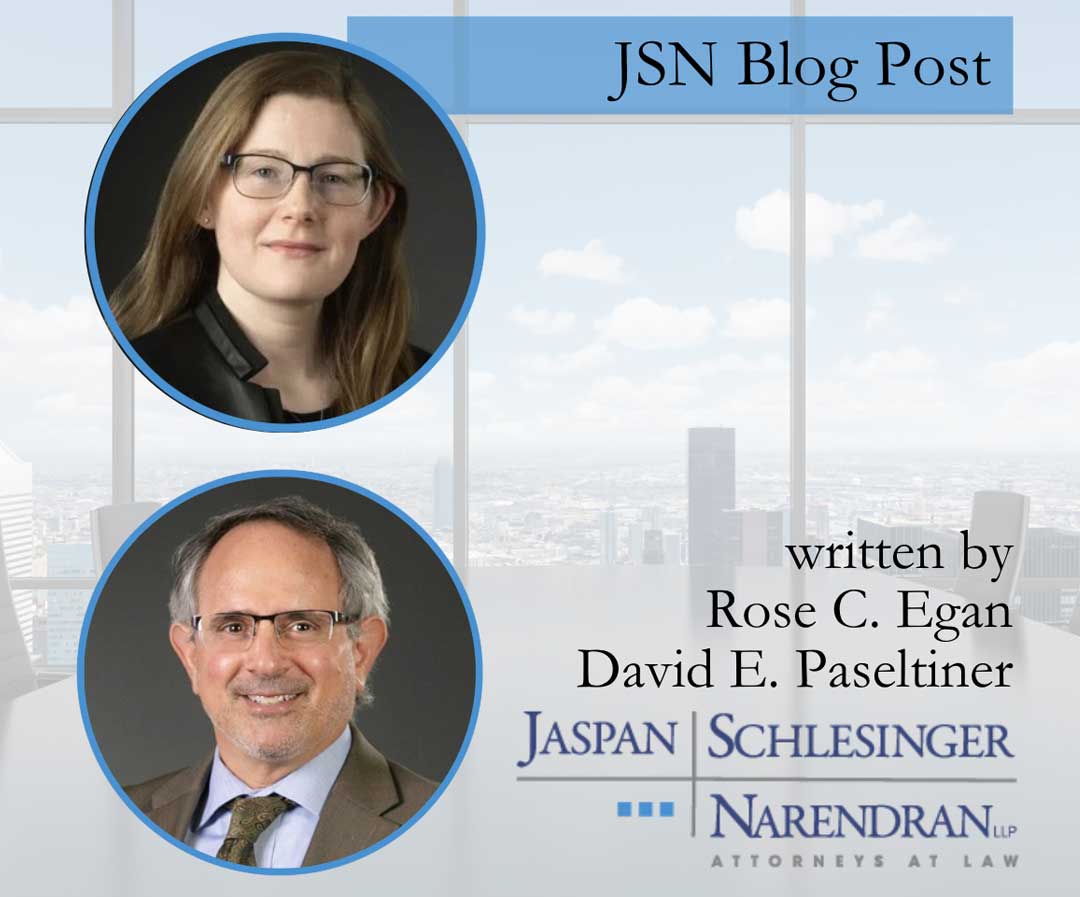In 2018, New York State enacted the Paid Family Leave Benefits Law (“PFL”), which is employee-funded insurance to allow eligible employees to take paid, job-protected time off to care for a family member. The amount of leave and pay has periodically increased since 2018. Currently an eligible employee may take up to 12 weeks of paid time off and receive 67% of their average weekly wage, up to a cap of 67% of the current New York State Average Weekly Wage. For 2025, the NYS Average Weekly Wage is $1,757.19, which means the maximum weekly benefit is $1,177.32.
What employers are covered by PFL?
PFL applies to any person, partnership, association, corporation, legal representative of a deceased employer, or the receiver or trustee of such person or entity, other than the state, a municipal corporation, local governmental agency, other political subdivisions or public authority (“Covered Employer”) who has in employment one or more employees on each of at least 30 days in any calendar year. Additionally, a covered employer includes an employer of personal or domestic employees in a private home after the expiration of four weeks following the employment of one or more personal or domestic employees who work for a minimum of 20 hours per week for such employer and are employed on each of at least 30 days in any calendar year.
Additionally, public employers may opt in to provide PFL benefits to their employees.
What is an employer required to do under PFL?
A Covered Employer is required to:
- Obtain Paid Family Leave insurance coverage, whether through a third-party insurer (generally as an add on to an existing disability insurance policy) or if the employer is self-insured for disability, it may apply to the NYS Workers’ Compensation Board to self-insure.
- Post a notice of compliance in plain view and inform their employees about their rights under the PFL. A notice of compliance to employees stating the insurance carrier will be provided by the carrier and should be posted in plain view. If the employer is self-insured, then the NYS Workers’ Compensation Board will provide such notice and it should be posted in plain view. Additionally, an employer’s paid family leave policy is typically provided in an employee handbook. New York State has provided some model language for employers and other employer resources on its website.
- Identify employees who qualify for a waiver and provide them with a waiver form. Coverage can only be waived if the employee will not meet the minimum time worked requirements, in other words: if they regularly work less than 20 hours per week and will not work 175 days in a year, or if they regularly work 20 or more hours per week, but will not be in employment for 26 consecutive weeks. If an employee waives coverage, they will not make contributions and will not be eligible for PFL benefits.
- Collect employee payroll contributions. The employee contribution rate is set every year by the Department of Financial Services to match the cost of insurance coverage.
- Respond to Employee Request for Leave within three business days by completing Part B – Employer Information of the PFL-1 Form.
- Reinstate the employee to their same or comparable position within 30 days of employee’s Formal Request for Reinstatement (Form PFL-DC-119). An employer cannot discriminate or retaliate against an employee for requesting and/or taking paid family leave.
When are employees eligible for coverage under PFL?
An employee of a Covered Employer that is scheduled to work 20 or more hours per week is eligible for PFL benefits after 26 consecutive weeks of employment with the employer. An employe that is scheduled to work less then 20 hours per week is eligible for PFL benefits after 175 days of employment, which do not need to be consecutive.
What is permitted family leave under PFL?
“Family leave” means any leave taken by an employee from work:
(a) to participate in providing care, including physical or psychological care, for a family member of the employee made necessary by a serious health condition of the family member; or
(b) to bond with the employee’s child during the first 12 months after the child’s (i) birth, or (ii) placement for adoption or foster care with the employee; or
(c) because of any qualifying exigency as interpreted under the Family and Medical Leave Act (“FMLA”), arising out of the fact that the spouse, domestic partner, child, or parent of the employee is on active duty (or has been notified of an impending call or order to active duty) in the armed forces of the United States.
Note that family leave is to take care of a family member and not for the employee to care for oneself, which may be otherwise covered under disability law.
Who is a family member under PFL?
“Family member” includes:
- A child, including a biological, adopted, foster, or step-child, a legal ward, a son or daughter of a domestic partner, or the person to whom the employee stands in loco parentis;
- A parent, including a biological, foster, or adoptive parent, a parent-in-law, a stepparent, a legal guardian, or other person who stood in loco parentis to the employee when the employee was a child;
- A grandparent, meaning a parent of employee’s parent;
- A grandchild, meaning a child of employee’s child;
- A sibling, including a biological or adopted sibling, a half-sibling or stepsibling; and
- A spouse or domestic partner.
What is a serious health condition under PFL?
Under the PFL, a “serious health condition” means an illness, injury, impairment, or physical or mental condition, including transplantation preparation and recovery from surgery related to organ or tissue donation, that involves inpatient care in a hospital, hospice, or residential health care facility, continuing treatment or continuing supervision by a health care provider. Continuing supervision by a health care provider includes a period of incapacity which is permanent or long term due to a condition for which treatment may not be effective where the family member is under the continuing supervision of, but need not be receiving active treatment by, a health care provider.
How are PFL benefits funded?
New York PFL is insurance funded by employees through payroll deductions up to a maximum annual cap. For 2025, employees contribute 0.388% of their gross wages per pay period, with a maximum annual contribution of $354.53. Employees earning less than the current NYS Average Weekly Wage of $1,757.19 contribute less than the annual cap of $354.53, consistent with their actual wages. A PFL wage deduction calculator is available on the website here.
What are the PFL benefits for employees?
From the first full day of when family leave is required, an employee will receive a portion of their average weekly wage and continued health insurance coverage (provided the employee pays the necessary premiums) during their job-protected family leave. An eligible employee receives 67% of their average weekly wage, up to a cap of 67% of the current New York State Average Weekly Wage. For 2025, the NYS Average Weekly Wage is $1,757.19, which means the maximum weekly benefit is $1,177.32. A PFL wage benefit calculator is available here.
New York State Department of Taxation and Finance (“NYSDTF”) issued a notice providing guidance for New York employers, employees and insurance carriers, including self-insured employers. NYSDTF advised that PFL wage benefits paid are taxable and employers should report employee contributions on Form W-2.
How long can paid family leave be under PFL?
An eligible employee may take up to 12 weeks of paid family leave in every 52-week period based on a rolling calendar. This means that if an employee used the full 12 weeks of leave, the next time such employee would be eligible to take paid family leave again is one year from their first day of such prior leave. As an example, if an employee took 12 weeks of paid family leave starting on May 1, 2025, then their leave eligibility period would renew on May 1, 2026.
Paid family leave must be taken in full day increments, though family leave does not need to be consecutive days.
How does PFL affect other benefits?
FMLA
If an employer is covered under both PFL and FMLA and the employee has an event that qualifies for leave under both laws, the employer can require them to run concurrently. In order for the two types of leaves to run together, the employer must notify the employee that the leave qualifies for both FMLA and PFL, and that it will be designated as such.
Short-Term Disability
After giving birth, an employee may be eligible for both short-term disability benefits and PFL benefits. While the two benefits cannot be taken at the same time, eligible employees can choose to immediately take all or any portion of their available short-term disability weeks and then take paid family leave at any time within the first 12 months after birth.
Parental Leave and Accrued Time (Sick or Vacation)
It is up to the employer to determine how paid family leave works with their other parental leave and paid time off policies. If an employer allows employees to use accrued leave time to supplement PFL benefits in order to receive their full pay, then the employer may seek reimbursement from its insurance carrier.
Paid time off would be covered by the same rights and protections afforded to employees under PFL, including the right to keep health insurance and the right to be reinstated to the same job (or a comparable one) when the employee returns from leave.
What discrimination or retaliation is prohibited under PFL?
An employer cannot:
- Terminate the employee or refuse to return an employee to their same or a comparable position. An employee must submit a Formal Request for Reinstatement Regarding Paid Family Leave Form to the employer and the employer must respond within 30 days.
- Reduce the employee’s pay or benefits, or
- Discipline an employee
because the employee requested or took paid family leave.
What are the penalties for an employer discriminating or retaliating against an employee under PFL?
If an employer is found to have discriminated or retaliated against an employee for requesting and/or taking paid family leave, then an administrative law judge may order an employer to reinstate the employee, pay any lost wages, pay attorney’s fees, and pay up to $500 in penalties.
******************************************
For further information or guidance on revising your employment policies and procedures, please contact David Paseltiner or Rose Egan.


